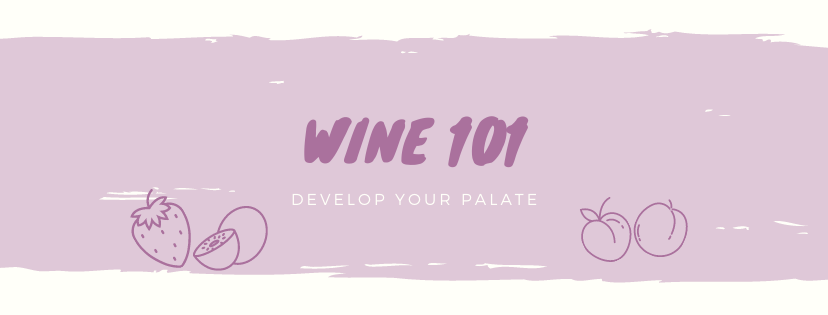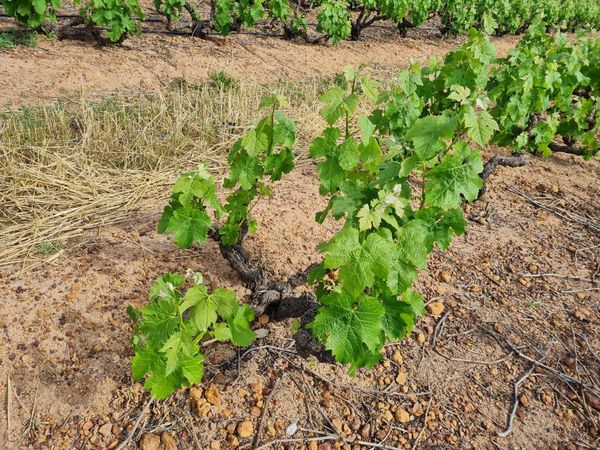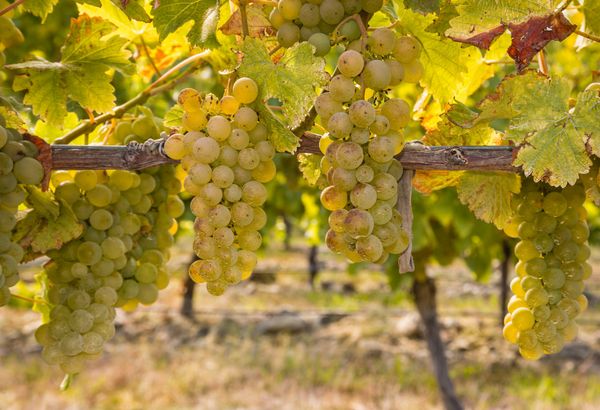Developing Your Palate
January at The Wine Dream is Learn-About-Wine-Month, and as such I wanted to build on my last article (Improving your Wine Knowledge) by writing down a couple of tips to develop your palate and improve your tasting experience in this way.
Personally, I believe that the key to having a good palate is to have a good mental library of tastes and aromas that you can refer to. It's similar to having a good vocabulary, the more words you know the better you can express yourself.
I saw this firsthand with my husband a year or so ago. We were drinking a bottle of Shiraz and I was taken aback by the very prominent white pepper aromas of the wine. Not one to ever really pay much attention to the finer flavours and aromas, I asked him to think back to the last time that he smelled white pepper (I'm sure all of us have had an open-a-pepper-refill-bag explosion), then I asked him to sniff the wine and tell me what he smelled. I loved how excited he got when he was able to distinguish two smells - wine and white pepper. 😁
Starting with the basics, there are three categories of aromas and flavours that can typically be present in wine. These are called Primary, Secondary and Tertiary aromas/flavours. They are grouped in this manner based on how and why they are present in a wine.
Aromas and Flavours of wine
Primary Aromas
Primary Aromas are present in all wines and come from the fruit (grapes) used to make a wine.
These flavours/aromas can be clustered together in the following way:
Green fruit - apple, gooseberry, pear, quince, grape
Stone fruit - peach, nectarine, apricot
Tropical fruit - pineapple, lychee, banana, mango, melon, passion fruit, kiwi
Citrus - lemon, orange, lime, grapefruit, orange peel/zest, lemon peel/zest
Red fruit - red cherry, cranberry, raspberry, strawberry, redcurrant, red plum
Black fruit - black plum, blackcurrant, blackberry, blueberry
Dried/cooked fruit - prune, fig, raisin, sultana, jammy, preserved fruit, baked/stewed fruit
Herbaceous - green bell pepper, cut grass, tomato leaf, asparagus
Herbal - eucalyptus, mint, medicinal, fynbos, lavender, fennel, dill
Spice - black pepper, white pepper, liquorice, baking spice
Other - flint, wet stone, wool, chalk
This is by no means an exhaustive list, but is a good base to start from.

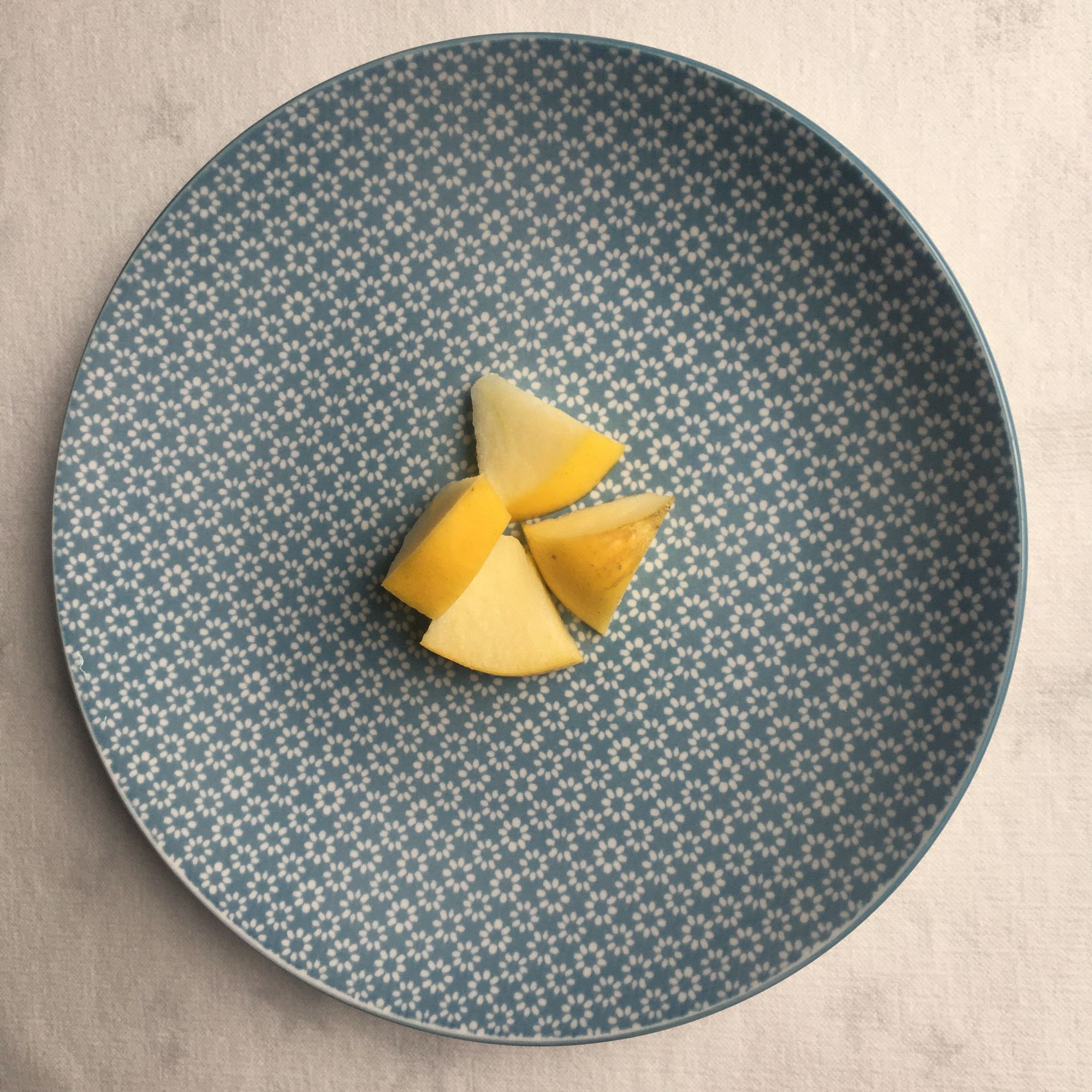
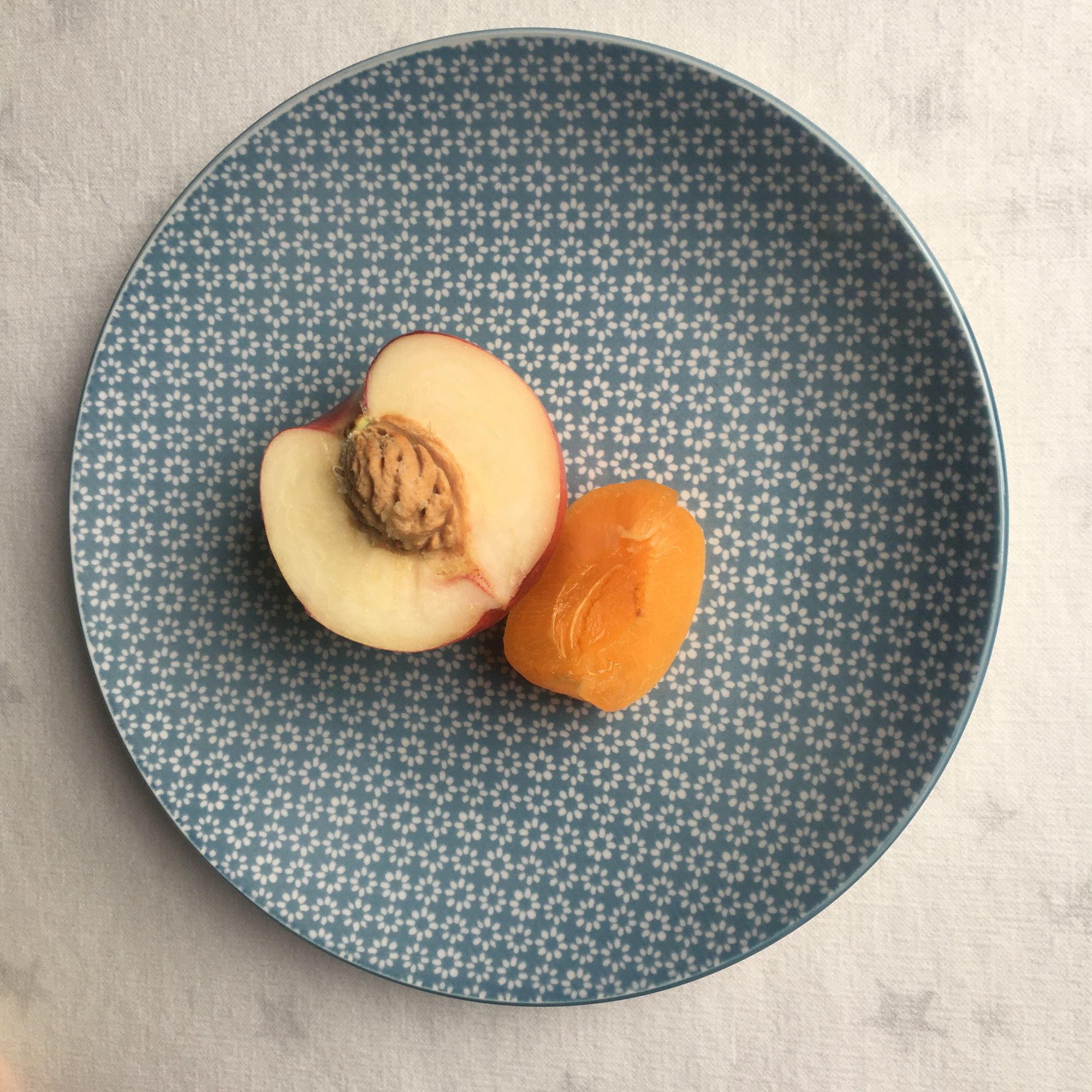
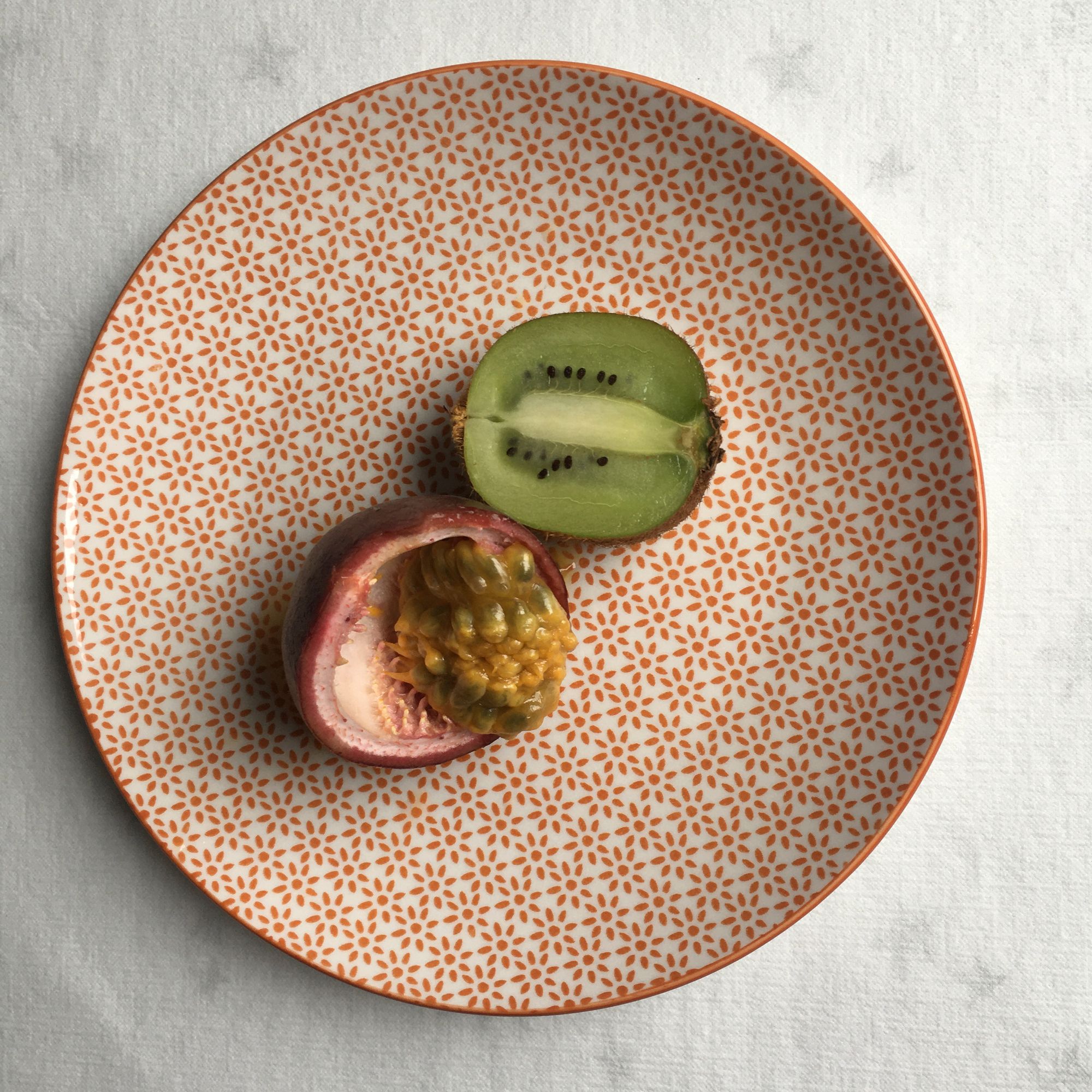
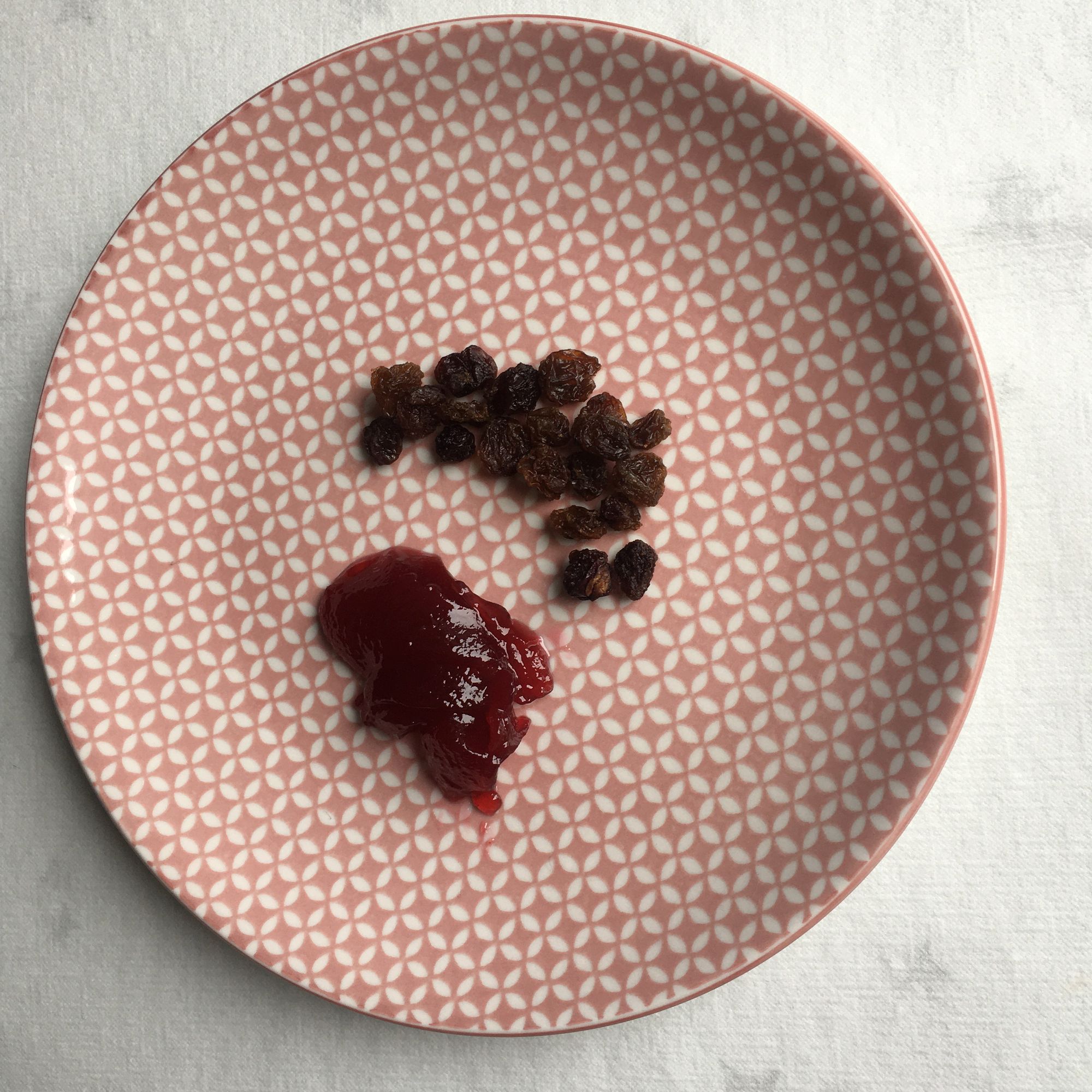
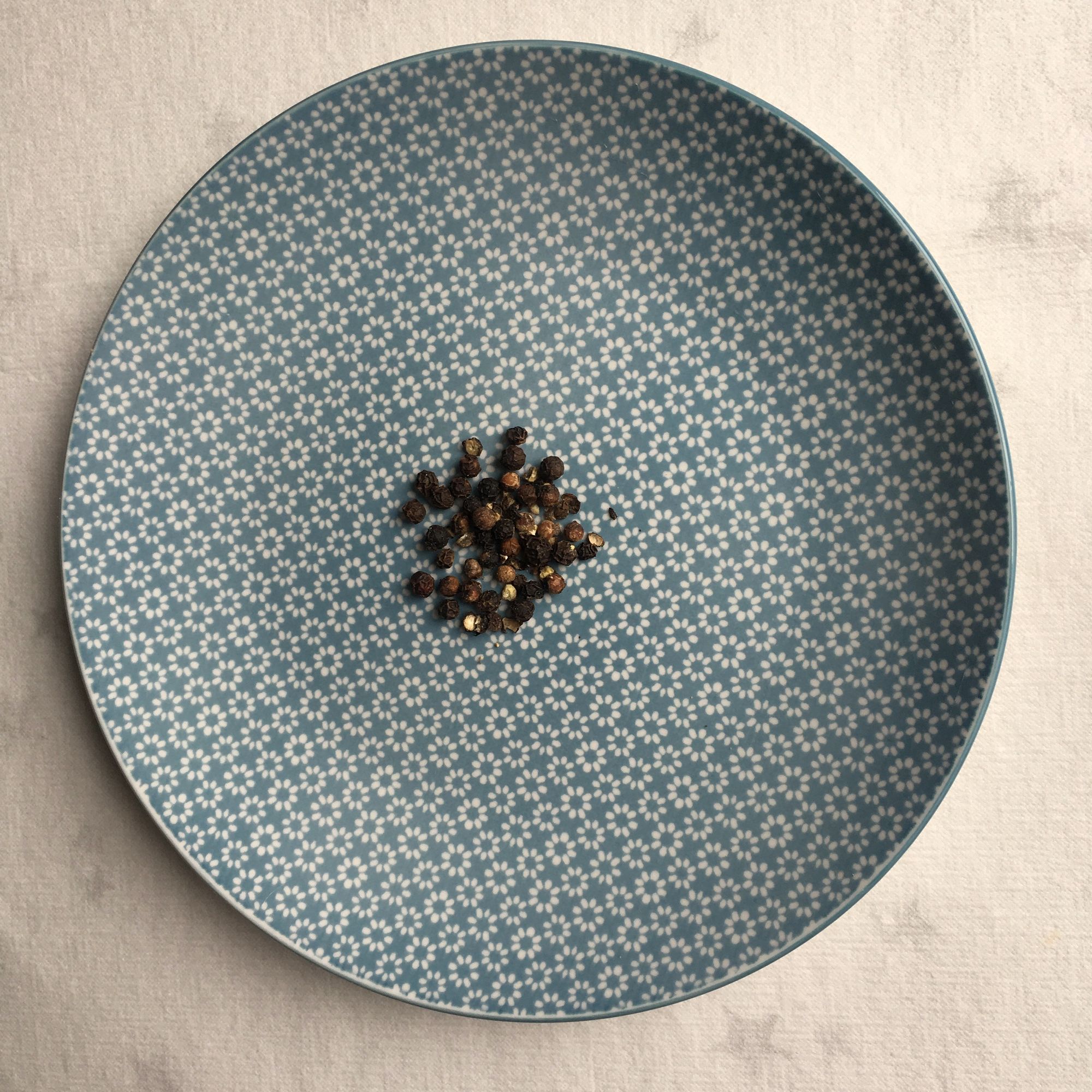
Secondary Aromas
Secondary Aromas/Flavours are imparted to wine because of the winemaking technique that the winemaker employed. This means that, for example, a Chardonnay that has been fermented or aged in an oak barrel will have aromas of vanilla, oak and butterscotch. The secondary aromas are imparted to wines in three different manners; through yeast (lees ageing, yeast autolysis), malolactic fermentation and oak.
These techniques that are applied to wine after fermentation has completed can impart the following flavours:
Yeast - biscuit, bread, toast, pastry, brioche, bread dough, cheese
Malolactic fermentation - butter, yoghurt, cream, cheese
Oak - vanilla, cloves, nutmeg, coconut, butterscotch, toast, cedar, charred wood, smoke, chocolate, coffee, spice
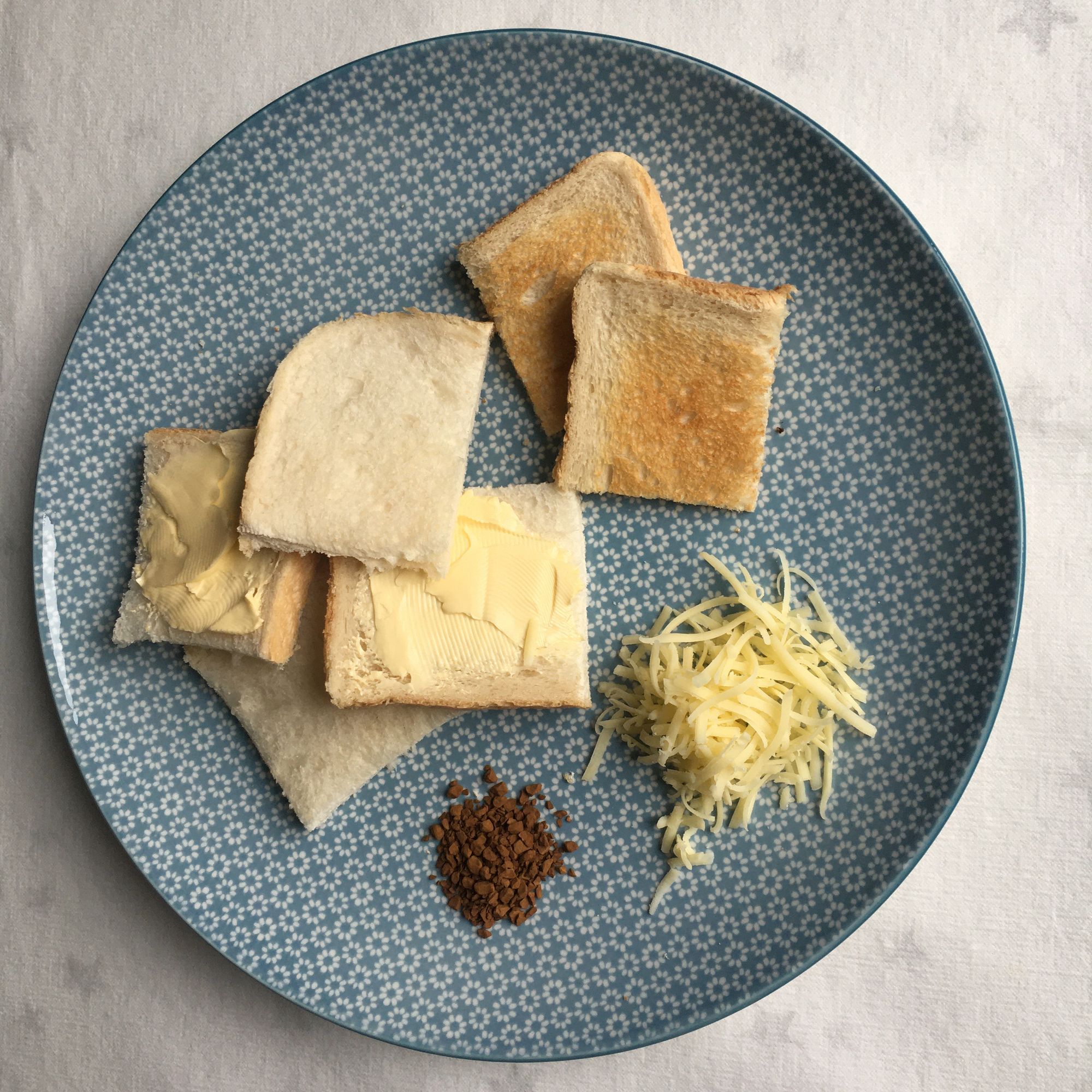
Tertiary Aromas
The last group of aromas imparted to wine are only present in wines that have been aged for a number of years and have developed over time.
Deliberate oxidation - almond, marzipan, hazelnut, walnut, chocolate, coffee, toffee, caramel
White wine - dried apricot, marmalade, petrol, kerosene, cinnamon, ginger, nutmeg, toast, nutty, mushroom, hay
Red wine - fig, prune, tar, dried black and red fruits, cooked black and red fruits, leather, forest floor, earth (beetroot), mushroom, game, tobacco, vegetal, wet leaves, savoury, meaty
Wines that have been deliberately oxidised have been brought in contact with a controlled amount of oxygen during the winemaking process. If wines are exposed to too much oxygen during the winemaking process it can spoil the wine (I'll write about this in more detail at a later stage).
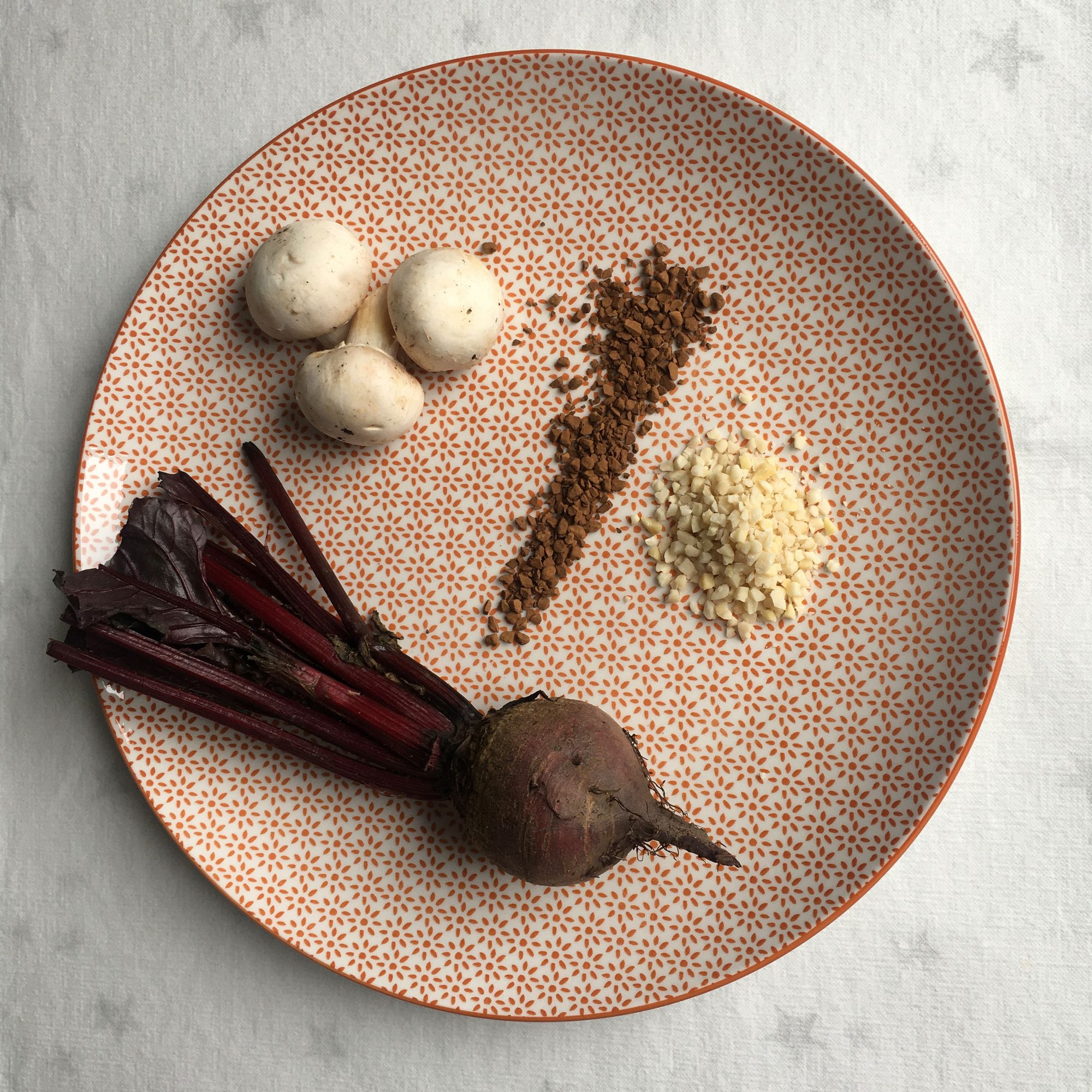
Gamify the learning
Now that you have a list of flavours to start with it could be fun to set up a tasting challenge.
Smell
You could start off by seeing which of the fruits, herbs and other objects you can find. Set them out on a table and take time to smell them. You can even try to identify these objects by smell when you are blindfolded.
Taste
Grab a couple of glasses (wine or water would do), squeeze out some juice from the fruits that you were able to find, add water (you need to dilute the taste quite a bit), mix the glasses and identify the fruit based on taste.
Combine with wine
Something else that you can do is to buy a bottle of wine and if you can find the fruits, spices, etc. listed on the back label get them together, set them out, pour a glass of wine, sniff each object individually and then sniff and sip the wine. 🍷 A word of caution though, if you do this exercise, it could have a negative influence on the taste of the wine if you taste the objects. (Another fun topic for a post - how food can influence your wine...)
These are just a couple of examples of how you can develop and expand your palate. If you have any other fun recommendations please leave a comment below, I love trying new things. 🤗
Thank you for reading! I hope you'll have fun improving your palate.
If you've found this article interesting, please leave a comment below, sign up to my newsletter (if you haven't already) and send it on to your friends and family.
You can also follow The Wine Dream on Instagram and Facebook for more photos and tasting notes. 🍷

